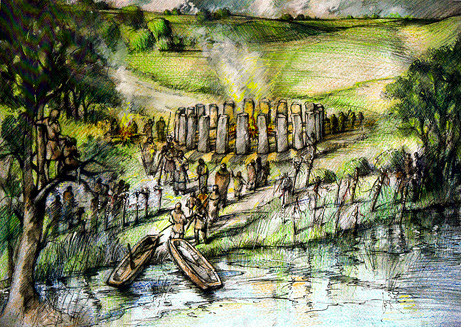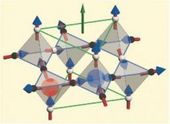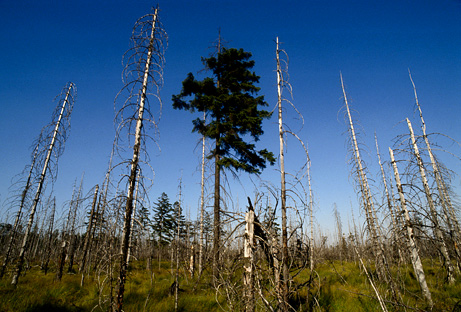
© Rose LincolnHer team observes how one cell becomes two, two become four, and so on, focusing on how pools of cells in the mature worm do things in a cohesive fashion, forming an organ such as the throat - the worm organ Mango studies.
Mention worms to most people, and they probably think of fishing, gardening, or trips to the vet. Mention them to Susan E. Mango, and she begins telling you how "absolutely beautiful" they are, how she marvels at their development from single cells into the six chromosome, 20,000 gene organisms upon which she has built a career that in just the past years included a MacArthur "genius" award and an appointment as a Harvard professor of molecular and cellular biology.
Regardless of the kinds of visions the mention of worms conjure, Mango is convinced that, in time, they will reveal a few important ideas about the ways in which entire human organs are formed.
"The notion that you can track individual cells in them is just phenomenal," she says. Her team observes how one cell becomes two, two become four, and so on, focusing on how pools of cells in the mature worm do things in a cohesive fashion, forming an organ such as the throat - the worm organ Mango studies.
Mango and her team are hardly the first to make use of these tiny creatures, the worms known in the world of biology as
C. elegans.



